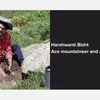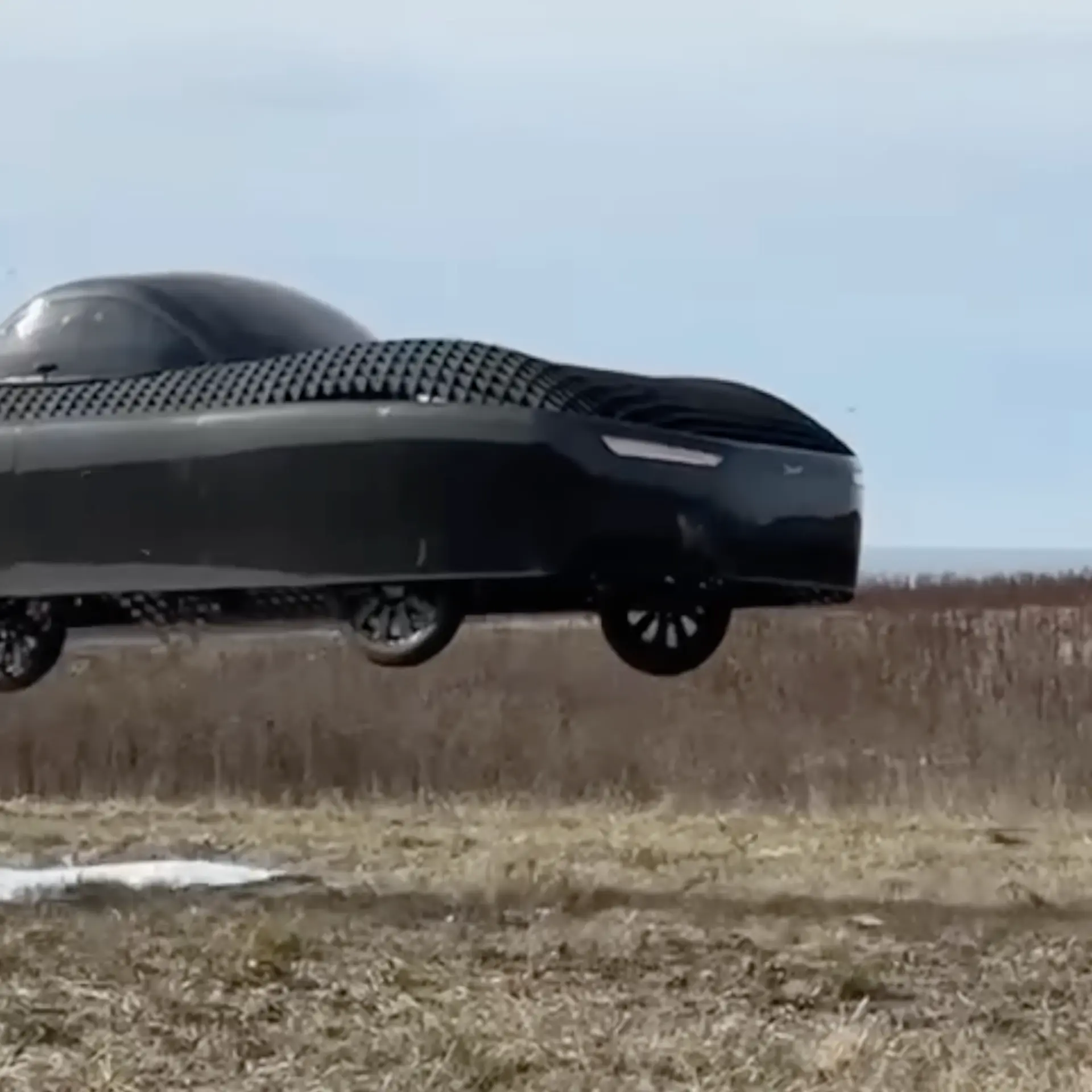From scaling mountains to making history: Harshwanti Bisht’s journey
At HerStory’s Women on a Mission Summit 2022, Harshwanti Bisht takes one along the road of mountaineering. The Arjuna Award receiver speaks on the challenges, outcomes, and success that she has been faced with so far.
Harshwanti Bisht, in simple words, is a force to reckon with. She’s a woman with many firsts, having scaled Nanda Devi, the highest mountain that is wholly within Indian territory, and becoming the first female president of the Indian Mountaineering Foundation (IMF). Not to mention, the field she’s in still doesn't have a great representation from women. Harshwanti wants that to change, though.
In her three-decade long career, she’s broken several barriers and moved forward undeterred. It wasn’t an easy task to get appointed as the president of the IMF, and she’d even lost the position by some votes. But that wasn’t a setback. She contested for the post again and took charge in 2021.
On her part, she is glad that more women are climbing mountains, both literally and figuratively. “I was happy when I got elected because that moment wasn’t only for me. It was for all the women who are into mountaineering.”
Inspiring more women to get into mountaineering
“I’m hoping that we get to organise more mountaineering expeditions for women this year,” says Harshwanti. “We’ll also contact schoolchildren. We already have school kids on our premises in the Indian Mountaineering Foundation where quite a few girls are coming in for day activities.”
These girls are being encouraged to take an interest in mountaineering through assurances that they have good stamina. The key point is to make sure that the girls don’t feel any lesser than the boys when it comes to their abilities. Not only is the groundwork being laid to have them join mountaineering, but the IMF is also attempting to have more women members on its board. Currently, there are around 19 to 20 women members in the IMF compared to 90 male members.
Harshwanti’s aim is to increase women’s participation, and change the mountaineering landscape in India for them.

The PhD and mountaineering tussle
Although she hails from the mountainous region of Uttarakhand, mountaineering wasn’t taken seriously as a hobby, much less a career when Harshwanti started out. This was especially true during the 1970s, with women rarely taking to it.
When Harshwanti was trying to convince her parents that she wanted to join mountaineering courses, there was reluctance from their end. “They told me that I’ve done my Master’s so I should go for a PhD…They asked me why I wanted to get into mountaineering?”
To work her way around it, she tried to reach a common ground by pitching that she wanted to do her PhD in Adventure Tourism. “I informed them that in this space, there is no literature, so I have to get a practical feel of it for my thesis work. Then my parents suggested that I do a PhD in a subject where I have to sit in a library and consult books.”
Finally, her parents agreed. But it took them a lot of time to grapple with the fact that their daughter had made up her mind. “Although there was no discrimination, I felt like there were restrictions when it came to girls. That was the kind of time it was.”
There were hardly 12 to 15 women in the course Harshwanti opted for, and the training classes for boys and girls were separate. This number has now jumped to 50 to 60 women, and is a welcome change.
The rise of women in mountaineering
“During my time, girls were not treated equally…Now that has changed because the education scenario has changed. The economic conditions of the parents and their thinking has progressed.” She traces this shift to the fact that some women taking the first step towards change paves the way for more to join in. When she had started mountaineering, there were concerns from family members, other people, and also some of her own friends.
But what truly changed? It was her expedition to Nanda Devi in 1981 with two other women. At a height of 7,816 metres, it is the highest mountain that lies within Indian borders. This trio became the first women to achieve this remarkable feat. Of course, there were men who had scaled Nanda Devi, but the women accomplishing it was pivotal. The media coverage of the event set the ball rolling for public interest in mountaineering.
Advice to young Indian women who aspire to be mountaineers
Harshwanti believes that women today are fortunate to be born in times which are more accepting of them. The circumstances are more positive than the ones she had to endure during the beginning of her career.
“Families are giving equal parenting to girls…And those who want to get into mountaineering have to be physically fit. A lot of girls feel pressured to look a certain way now, but they should eat well and stay fit to climb and work hard. Mental determination is equally important. Sometimes, even if one is tired, if they are mentally determined, they can achieve great things.”
A shout out to the sponsors of Women on Mission Summit 2022, an Initiative by HerStory, by YourStory - BYJU'S, the presenting partner, and other sponsors - Kyndryl, Sequoia Spark, Zilingo, Atlassian, Akamai, Freshworks for Startups, and Netapp Excellerator.

Edited by Ramarko Sengupta









